Diamond Education
At Morris Jewelry, we believe an informed choice leads to a more meaningful purchase—especially when it comes to selecting a diamond. We use the internationally recognized 4 Cs of Diamond Quality—Cut, Color, Clarity, and Carat Weight—a standard developed by the Gemological Institute of America (GIA). This trusted system helps ensure every diamond is evaluated with precision, consistency, and confidence.
The Four Cs of Diamonds
Our Four C's of Diamonds guide can help you decide on the most important factors when shopping for a diamond.
The Carat Weight
The word carat derives from the word carob, a Mediterranean seed, which has an extremely consistent weight for measuring. The greater the carat weight, the rarer, and more valuable the diamond becomes. Five metric carats weighs exactly 1 gram.
Some people want the largest diamond possible. If size is a priority, we at Morris Jewelry can help you classify the proper cut, color and clarity to fit your budget economically, and fit your jewelry beautifully. Many of our engagement rings can fit diamonds up to 5.00 carats, but each ring has different size constraints based on its size and the type of setting. Prong settings can be manipulated to fit virtually any size diamond, but tension-set diamonds and bezel set diamonds have more limitations on size.
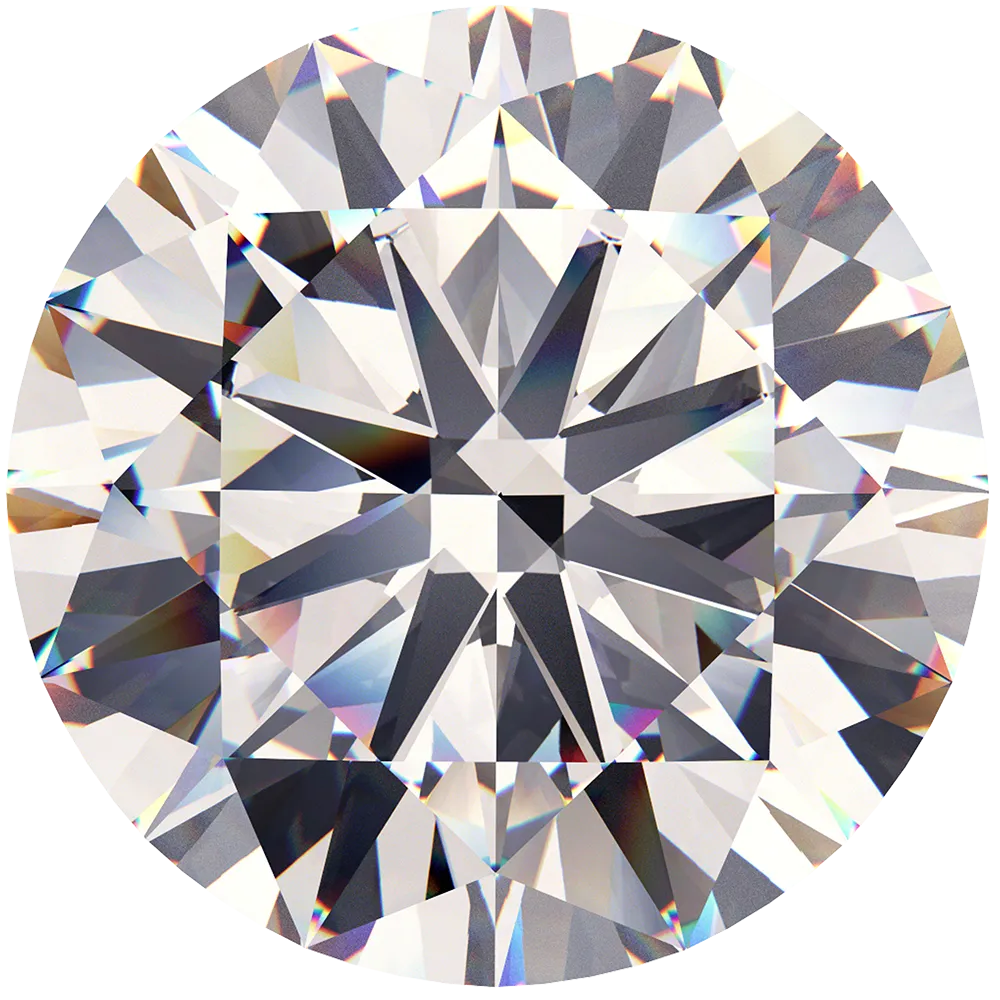
(4.1 MM)

(5.1 MM)

(5.8 MM)

(6.4 MM)

(6.9 MM)

(7.4 MM)

(7.8 MM)

(8.1 MM)
The Cut
The true definition of cut is the quality of the proportions and symmetry of the diamond. Your diamond's proportions make a vast difference on how brightly your diamond shines. An 'ideal cut' diamond is one that allows the maximum amount of light to return through the top of the diamond, which takes into consideration the depth, table size, crown height and angle, girdle thickness and more. Our diamond professionals will be happy to assist you in selecting the best diamond cut.
After a rough diamond is mined, it is evaluated to determine its best possible cut, in order to maintain the maximum clarity, color, and carat weight. The term 'cut' is often confused with diamond 'shape', such as round brilliant or princess cut.
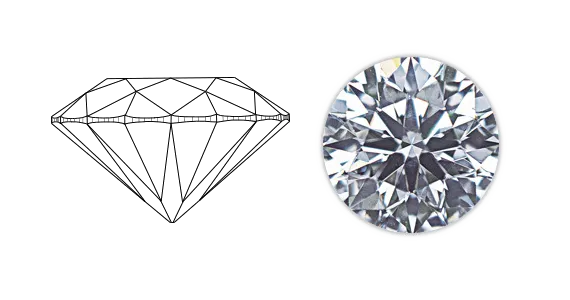
Excellent
Cut with precision to reflect nearly all the light it captures, an Ideal cut diamond delivers maximum brilliance and sparkle. This is the highest standard in cut quality—rare, radiant, and prized for its exceptional beauty.
.webp)
Very Good
While slightly more affordable than Excellent, a Very Good cut diamond reflects nearly as much light, delivering outstanding beauty and performance—without the premium price tag.
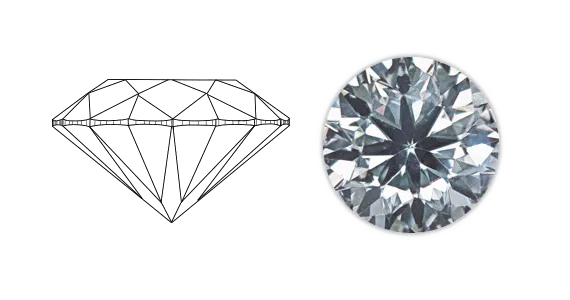
Good
A Good cut diamond still offers significant brilliance by reflecting most of the light. It's a well-balanced option that gives you sparkle and value in equal measure.
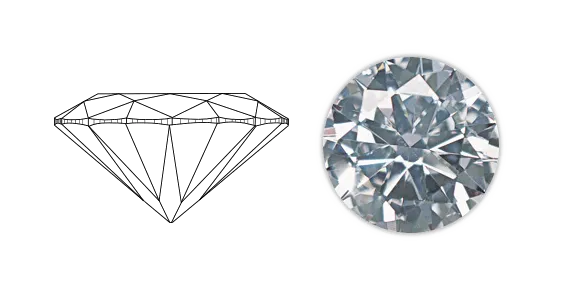
Fair
This diamond’s grade is limited by its scintillation. The combination of a shallow crown angle and a somewhat shallow pavilion angle leads to a face-up appearance with a lack of contrast and general darkness.
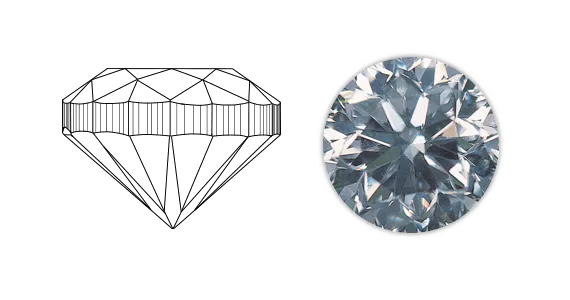
Poor
Poor cut diamonds lose a considerable amount of light, leading to a noticeably dull or glassy appearance. These are not carried by Morris Jewelry and are generally not recommended for anyone seeking true sparkle.
The Color
Color is one of the more noticeable attributes of a diamond and has a heavy impact on the price of the stone. Diamonds range from colorless to yellow or light brown, and are sometimes found in a spectrum of fancy colors, including yellow, blue, and even red diamonds. The less color, the rarer the diamond. After 'Z' on the color scale, diamonds become fancy yellow, which cost more because of their rarity.
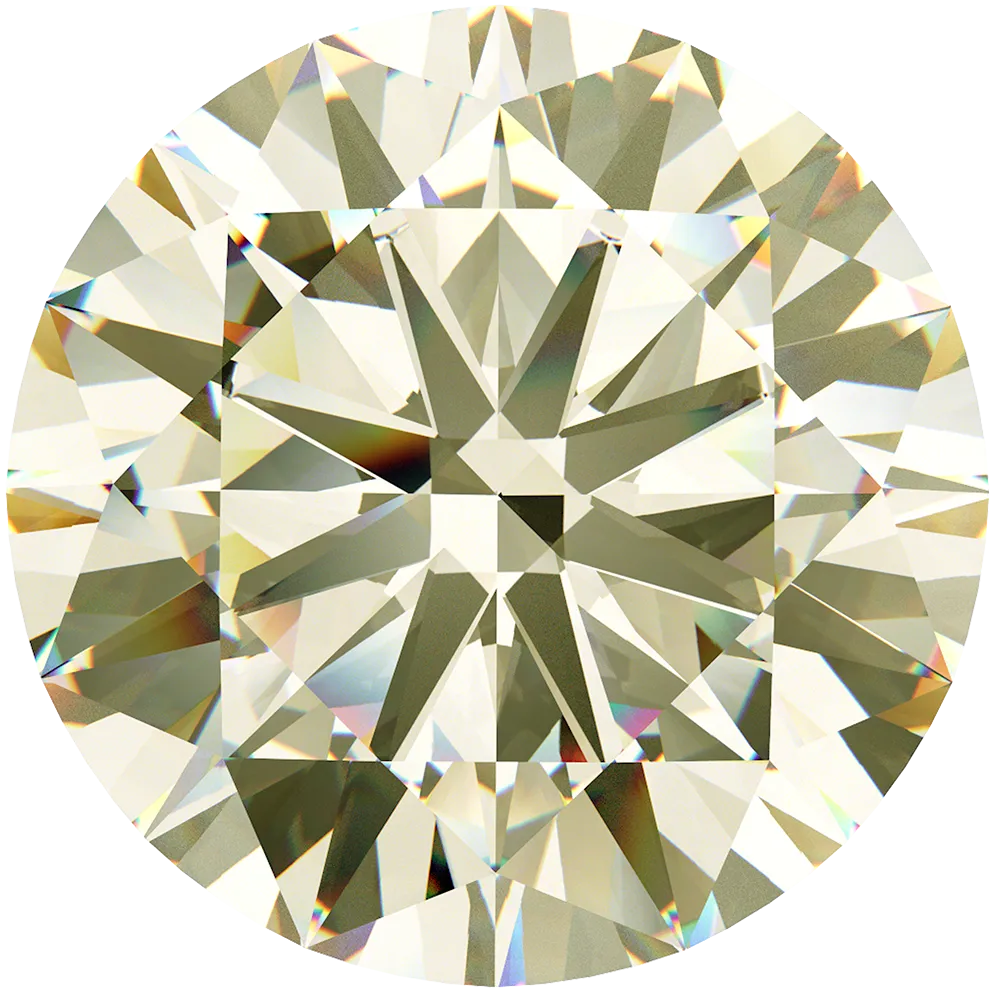








The Clarity
Clarity refers to the tiny internal characteristics inside a diamond, known as inclusions, and any surface imperfections called inclusions. Developed by the Gemological Institute of America (GIA), diamond clarity grades—from Flawless (FL) to Included (I3)—help you understand a stone’s purity, performance, and uniqueness under 10× magnification.
Most inclusions are too small to see without magnification, but the fewer there are, the rarer and more valuable the diamond.
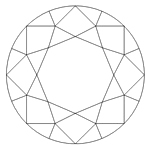
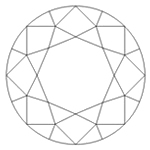
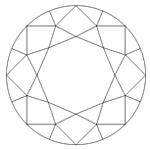
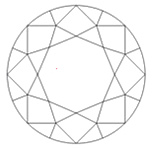
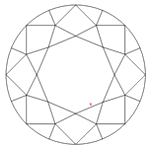
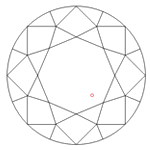
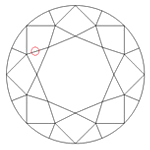
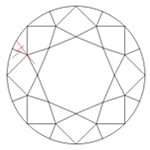
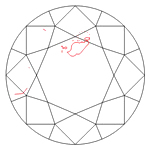
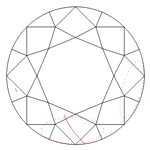
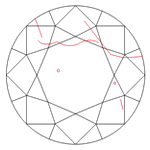


Flawless









Choosing the Right Setting
When shopping for the perfect ring setting, there are many setting styles to choose from.
Solitaire Setting
Solitaire settings are great if you have a stunning singular stone that has been passed down through the generations as an heirloom, many choose to display it in a classic Solitaire setting. This setting generally allows for the maximum amount of sparkle by allowing light to pass in through the bottom sections of the ring.
Style Information:
- Enhances the overall beauty of the ring’s head
- Balances the ring size without having to use a wide metal band
- Creates the illusion that the center gemstone is larger in size
Accent Stone Setting
Style Information:
- Interesting transition between stones and band
- Allows for the use of Baguette and Square cut side stones
- Creates a stunning frame for the center stone
Three Stone Setting
Style Information:
- Allows for a bouquet of stones of different colors
- Values equal size stones with a flat hierarchy between them
- Can synergize a small-medium size stone
Halo Setting
Style Information:
- Can cover any imperfections in the center stone
- Creates the illusion that the center gemstone is larger in size
- Lots of sparkle!
Pave Setting
Style Information:
- Utilizes smaller, less expensive stones in a great way
- Adds interest to the band of the ring
- Can help mask imperfections in the center stone
Antique Setting
Solitaire settings are great if you have a stunning singular stone that has been passed down through the generations as an heirloom, many choose to display it in a classic Solitaire setting. This setting generally allows for the maximum amount of sparkle by allowing light to pass in through the bottom sections of the ring.
Style Information:
- Adds interest to the band of the ring
- Great addition to any dressed up outfit
- Vintage, classy feel
Single Row Setting
Style Information:
- Adds interest to the band of the ring
- Creates an amazing frame for your center stone
- Classic look
Multi Row Setting
Style Information:
- Allows for a lot of light to penetrate stone
- Adds interest beyond just the stone
- Creates the illusion that the center gemstone is larger in size
Bypass Setting
Style Information:
- A more artistic look
- Eye catching, head turning
- Can utilize smaller or imperfect stones

